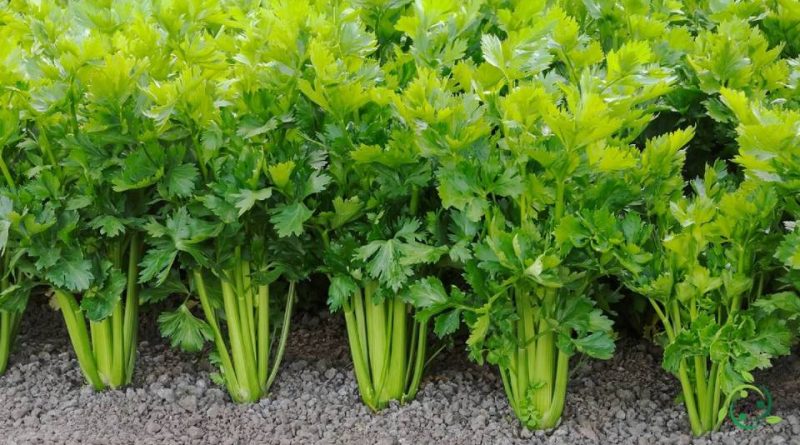How celery propagates
How celery propagates
Celery (Apium graveolens L.) is a biennial herbaceous species of the Apiaceae family, native to the Mediterranean area and known as a medicinal plant since the time of Homer.
It is a very common plant in all gardens where it is widely cultivated. This biennial plant in nature is grown as an annual in vegetable gardens.
In this sheet we will see the propagation and transplantation technique while for the cultivation details please refer to the following sheet.
Multiplication –
Celery propagates by seed using 1-2 g of seed per square meter even at the end of January in a heated greenhouse or hot bed in order to have the seedlings ready for transplanting at the end of April and to achieve useful productions already in June.
To increase germination times and percentage, celery seeds should always be started indoors 8 to 10 weeks before the average date of the first frost.
However, for those who grow celery in the spring, it is possible to carry out a direct sowing towards the end of the summer; in any case, however, it is necessary to make sure that the temperatures will remain between 10 and 20 degrees ° C throughout the growing period of the plant.
The seeds should be placed half a centimeter deep, after which it is recommended to mulch and irrigate immediately after sowing.
Furthermore, in order to increase the germination of celery, it is recommended to soak the seeds in hot water during the night before planting them to reduce the germination time.
Substrate –
A good substrate for celery should preferably be of medium texture, not calcareous and should be prepared by adding organic fertilizers or compost before sowing. When the seedlings have reached a height of about 15 cm, they need to be transplanted and replanted at a distance of 20-30 cm from each other. Make sure the seedlings are tough enough before transplanting them by slightly reducing watering and keeping them outdoors for a couple of hours a day.
Transplant –
The transplanting of celery can be done by hand (for small surfaces) or with mechanical transplanters (in specialized cultivation 70 cm between the rows and 25-30 between the plants). It must be immediately irrigated. Mechanical weeding or, better, vegetable mulching must be performed.
Collection and storage –
The leaves and stems can be harvested throughout the growing season and eaten fresh or frozen (cut into small pieces and placed in bags).
For large crops, we remind you that about 600 quintals of product or more are obtained from one hectare of cultivation.
The product is used directly in human nutrition or intended for food industries for the preparation of pickles, dried soups, frozen foods.
To collect the fruits, the apical part must be cut when they are almost ripe: gently beat the infructescences to collect the seeds. The roots must be uprooted in autumn.

